ã€One car two people】 One article: The star's log, for the upcoming meteor shower
The Perseid Meteor Shower, which is finally approaching its annual rate (extremely on the evening of August 12th), hopes to capture this year’s meteor showers through the accumulation of the last two or three years, plus the presence of God’s eyes (clear it). Complete a dream.
When I was young, I always called a few friends when I was in a power failure in the residential area of ​​the factory. I sat on the roof or in the fields looking up at the stars. Always wondering if there will be aliens in the stars in space, why do 100,000 aliens guess whether they are true or not? In the vast sea of ​​stars, is there only someone on Earth? The attraction of the stars to people is limitless. It includes many ancient buildings and they are built to meet a bright star. The Xinghai Sea carries too many people's dreams. Armstrong's small steps, Yang Liwei's heavens, Chinese astronauts, and human exploration of the universe have never stopped.
When I grew up, the city grew faster and faster, and all kinds of pressures and temptations began to gradually fade out of my vision until the stars began to play. Only after he began to search for the starfish that was lost in the sky, away from the city, away from the lights, away from the haze, and away from the clouds, he finally found the starry sky that had not been seen for a long time. Then he began to try to record it with his camera, leaving behind each and every time. Starry sky. Contacting the starry sky (Hoshino) has been shooting for a while. It seems to many people that star shooting is a very profound matter. Actually, the shooting of the starry sky is relatively simple and relatively dogmatic. Isn't it right now that a certain brand of mobile phone is known to be capable of shooting star tracks, so this is not a very complicated technology. However, there can be many changes in the later processing, such as adjusting the color temperature and saturation, so that the Galaxy looks more beautiful, get a star track through multiple overlays, multiple splicing to get the Galaxy arch bridge and so on. In fact, the difficulty of the latter part is slightly higher than that of the previous shooting.
The first part of a preliminary understanding of the shooting starry sky
The first capture of the star orbit, the first capture of the Milky Way. Location: Early in the morning at Jiaodingshan.
In adulthood, it was the first time to see the Milky Way at the Sedan-rook. It took a few years to buy a camera, but it was the first time I tried to shoot the sky. So on the cold night I got the first star track photo and the first photo of the Milky Way. The first shot did not know exactly how to set the parameters, and did not know that the 500/600 rule of the sky was in practice. Little by little try. In the end, I still got photos that seemed satisfactory at the time. The first time the star track used the most traditional long exposure, plus testing, a total of about four exposures, no time exposure of about 30-40 minutes ... ... then did not know time-lapse photography, late stacking, stacking.
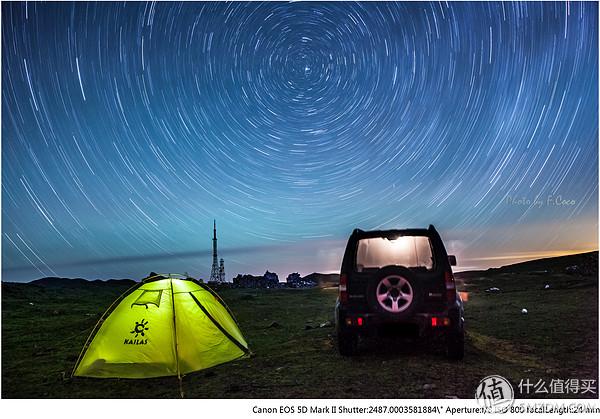
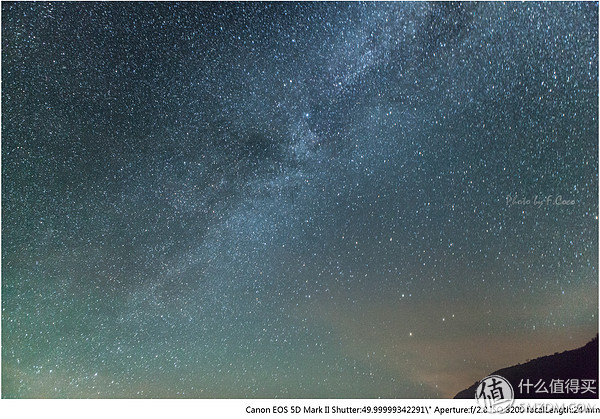
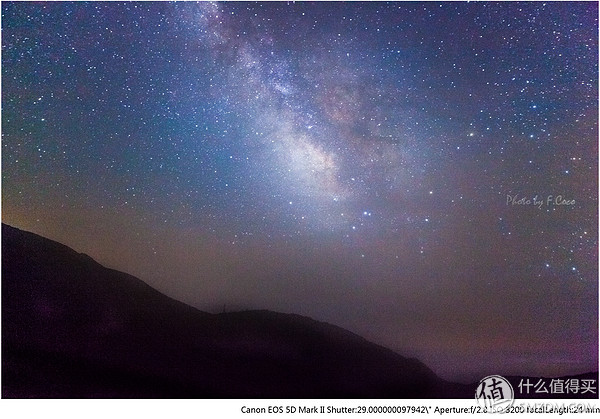
The second star shooting. Location: Thailand Pai County 2014.2.5 nights
Driving Thailand many times, although the destination was Mae Hongson, Pai still had to stop in Love after passing the popular tourist destination. The starry sky in Thailand is much more common than in Chengdu. The city's light pollution is still very serious, and it has not been shot in the wild. In general, strolling around the night market in the evening, Ma Ma kills the chicken and returns to the hotel. Open the glass door of the balcony in the hotel, the sky is full of stars, because in the winter in the northern hemisphere, you should not see the bright part of the Milky Way, try to start photographing against the stars. This stage is still the stage of their own groping, waste the shutter again and again, adjusting the parameters. To get a relatively satisfactory picture.

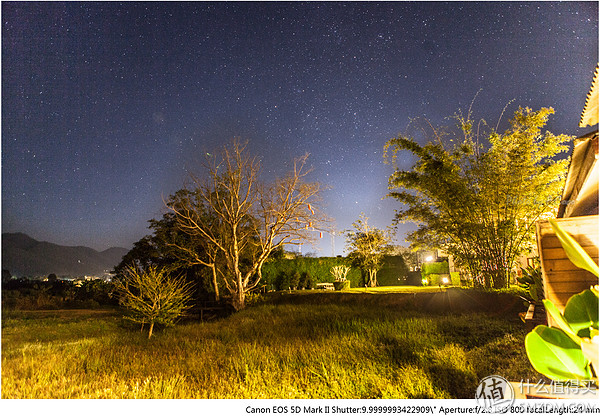
The third star shooting, accidentally met. Venue: Red Star Russian Xylose 2014.6.1 night
This star shooting is an accident. Because the area is being prepared for road repairs, a large truck at a construction site has been anchored at a bridge on a very narrow road, and the entire line has been interrupted. The telephone signal in this place was not good anymore. Sometimes it was not. I took him back to the construction site to find someone to rescue. When they were looking for a car to help, they were bored with photographs. They also made friends with the Tibetan driver. Called us to go to their home as a guest ^ _ ^, this year also invited us to have a big meal, haha. It is a time to shoot under the mysterious moon. The setting of the parameters and so on are more skillful than the previous two.

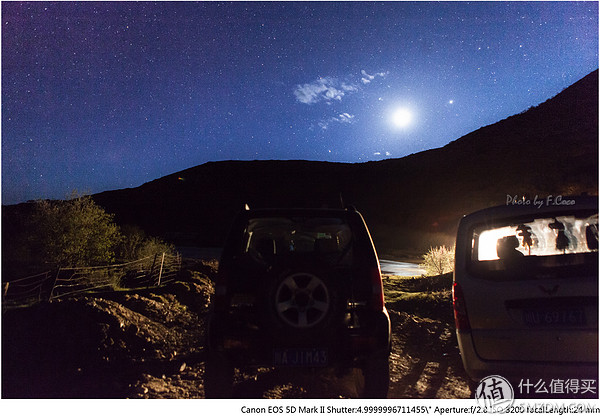
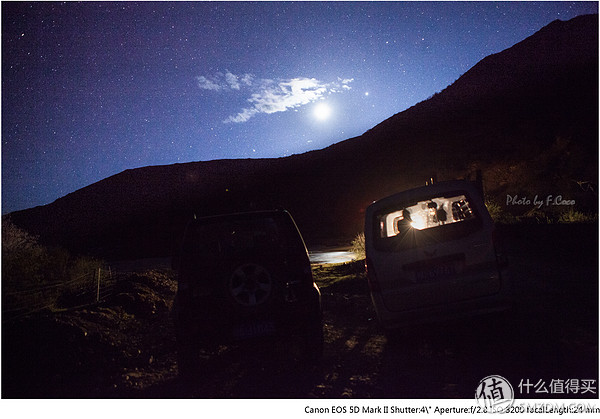
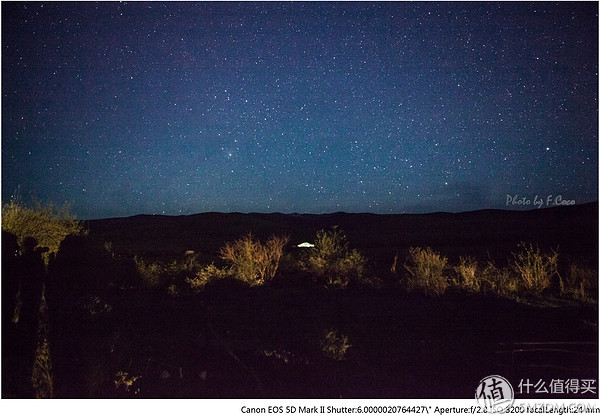
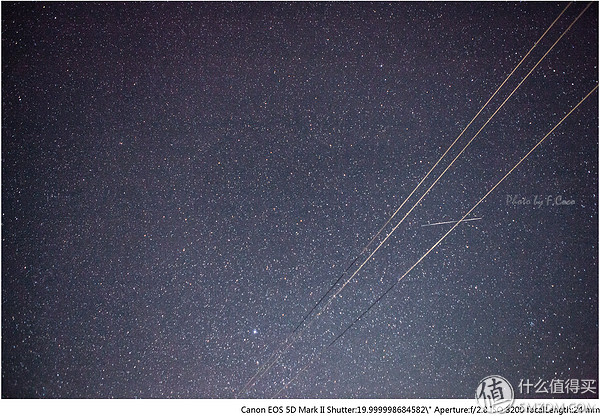
The fourth star shooting, the sanctuary under the stars. Location: Tibet 2014.10
In Tibet, the roof of the world, the starry sky here is purer, light pollution is less, and the degree of gaze is also high. It is also closer to the starry sky. During the journey in Tibet, I still received several personally satisfied films. The sunset was held in Nanjabawa, and finally it was on the star trail before it was down. In Keirenbozi, I forgot the rush of the day. I photographed the Milky Way on the main mountain in the middle of the night and photographed the mountain of God under the moonlight in the middle of the night, leaving a beautiful memory for the journey to the mountains. This phase of the shooting of the stars is to begin to master the skills of the ground, but the star track will only use a long exposure to shoot.
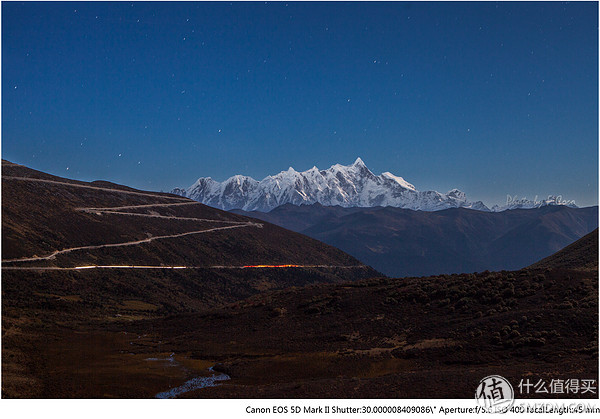
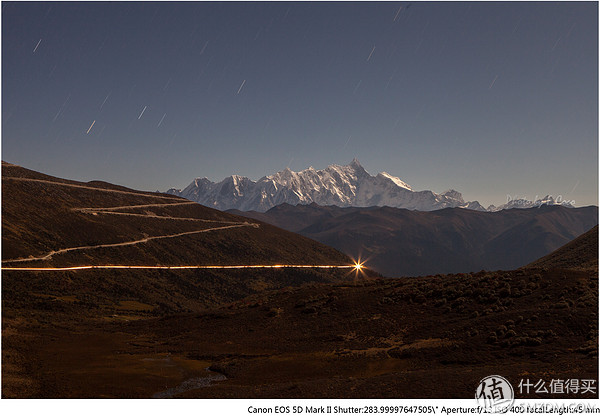
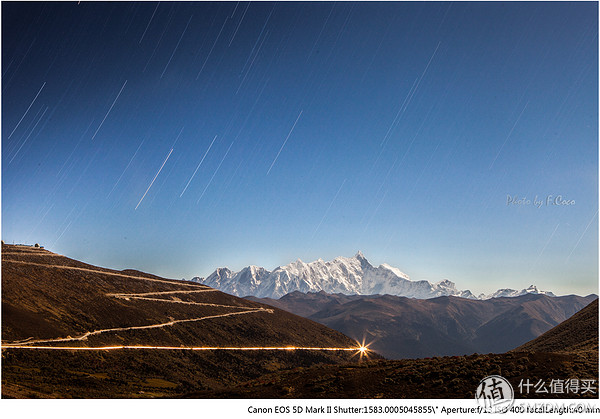
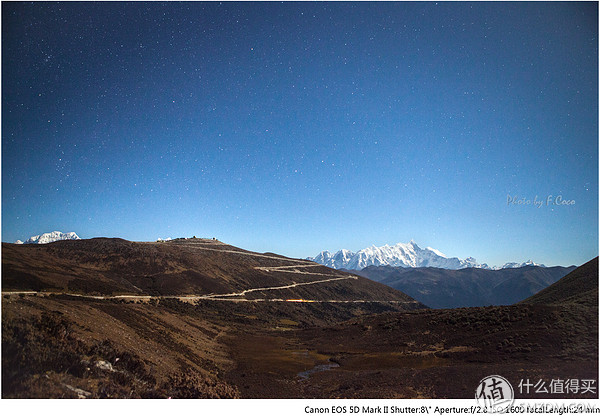

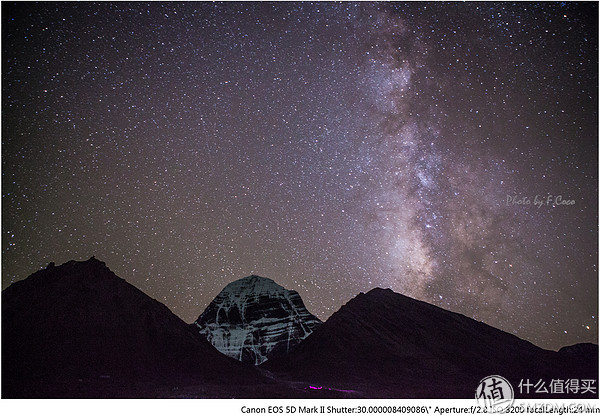
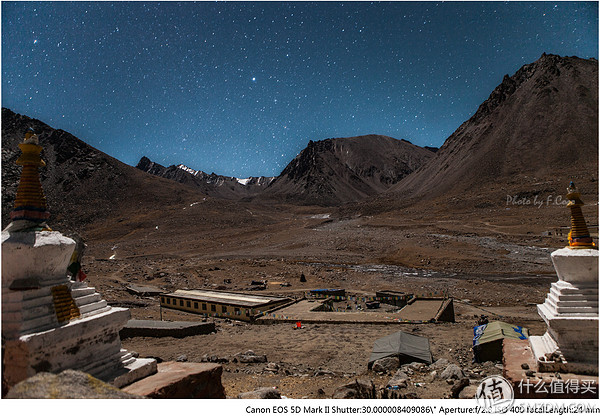
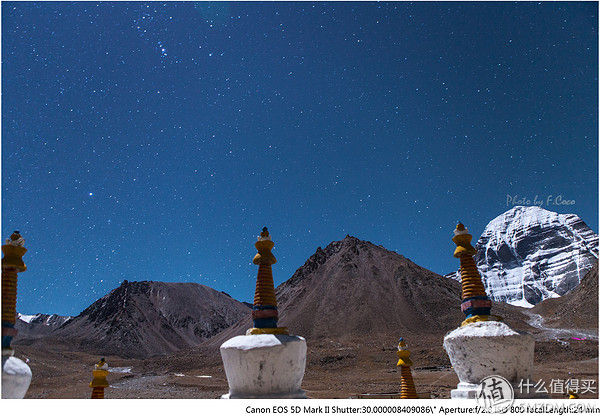
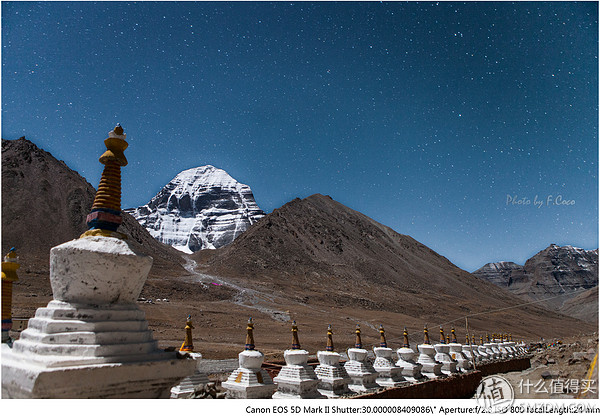
The second part is gradually familiar with the star shooting
The fifth star shooting, plateau winter night. Venue: Chuanzhu Temple 2015.1.1 night
Saying this time is going with friends to go snowboarding on the plateau. However, this warm winter snow did not make it on the road, once again on the balcony of the hotel harvested the stars on the plateau. The starry sky in the night sky over the winter plateau, still can not see the bright star river. The setting of camera parameters can be said to be more and more skilled, there is no shutter release for interval shooting, plus the Canon body without time-lapse photography (interval shooting) function, this time the star track is still used long exposure.

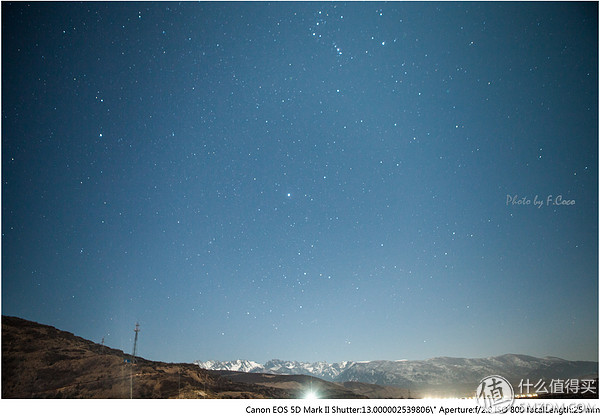
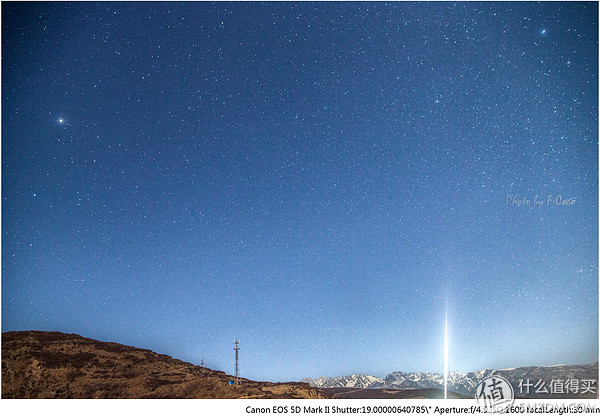
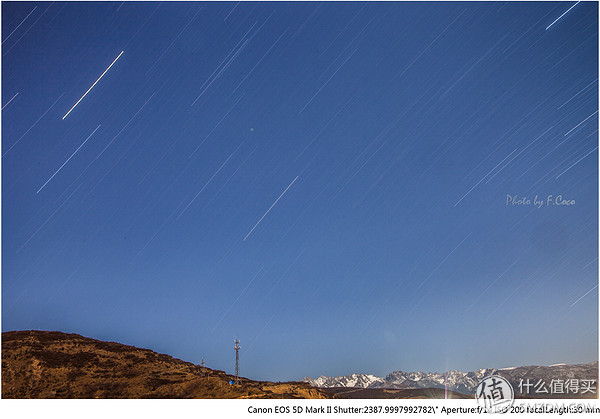
The sixth star shooting, the island's starry sky. Location: Koh Tao, Thailand 2015.2.22 nights
This time I was learning to dive in Koh Tao, Thailand. I didn't have anything to do at night and I shot on the beach. After a few of the star parameter settings are more familiar, but the light pollution around the edge of the beach is still very serious, which will also affect the adjustment of the parameters, if blindly the maximum aperture of 20-30 seconds or so, compared to the scenery. The effects of strong light pollution may expose a pale film. So once again test shots, adjust the parameters. Try to shoot a few films.
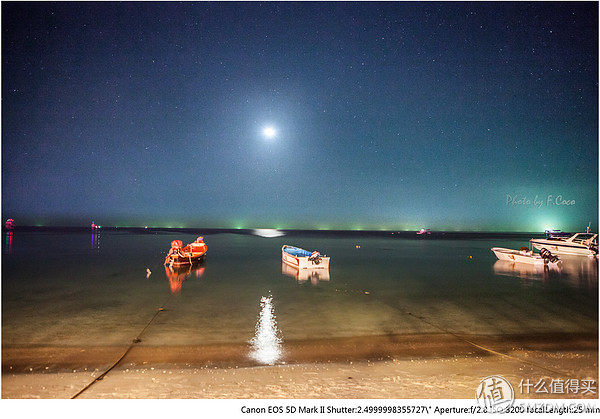
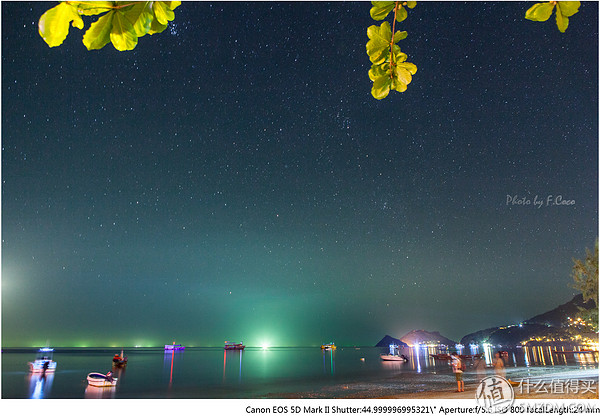
The seventh star shooting, the regret of the southern hemisphere. Location: Australia 2015.8
This stay in Australia for nearly a month, although the day is very transparent, but stay in the city, not always see the stars, where driving out the door at night is very dangerous, the main roadside from time to time there will be a kangaroo pulled out. So in the city, took a few shots. The more crucial issue is that there is no tripod yet. It has added a lot of trouble to the fixed camera and the framing and can only try to shoot a few shots. You must bring a tripod next time! ! No, just to buy one over there ... the southern hemisphere's sky is so regrettably passing by.
 Gold Coast
Gold Coast
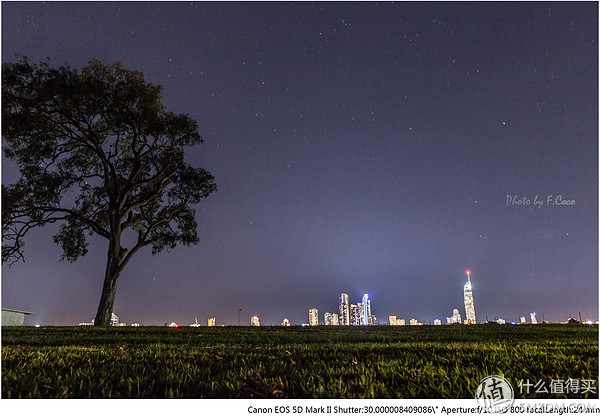 Gold Coast
Gold Coast
 Cairns
Cairns
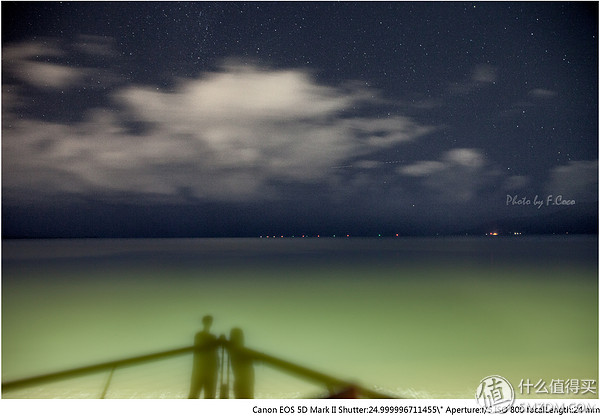 Cairns
Cairns
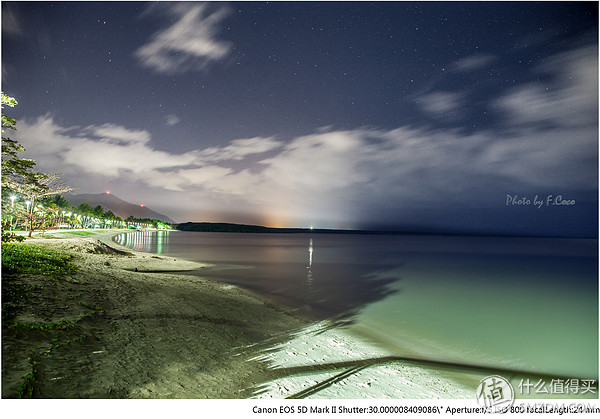 Cairns
Cairns
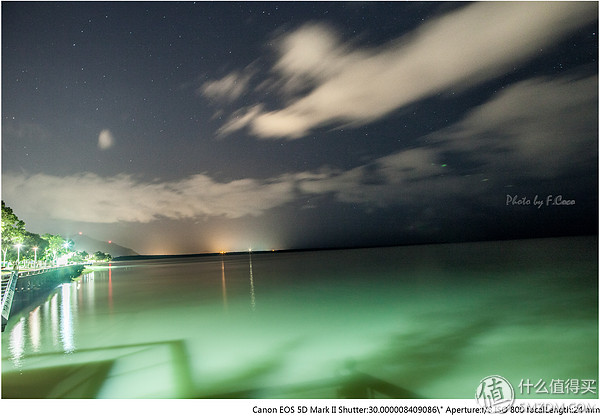 Cairns
Cairns
The eighth star shooting, once again met the Star River. Location: Alashan 2015.10
After a lapse of one year, I once again saw the Milky Way. This time in the Tengger Desert, the light pollution around us was much lower. When the sun just fell, the Milky Way appeared in front of everyone's eyes. This time there was no star track, but the camera The Magic Lantern has been used for time-lapse shooting. If there is no light pollution, it means that it will take a lot of shots. The parameters will be fixed and the composition will be relatively convenient.
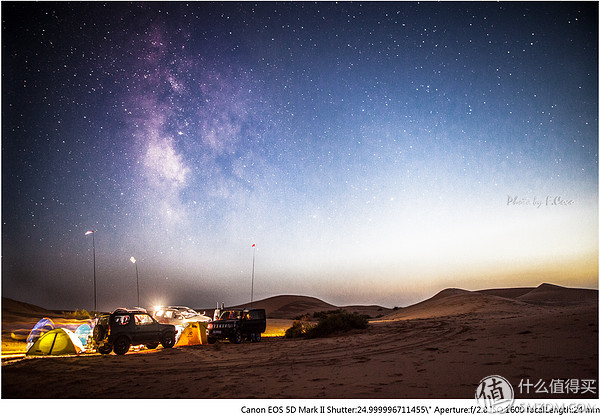


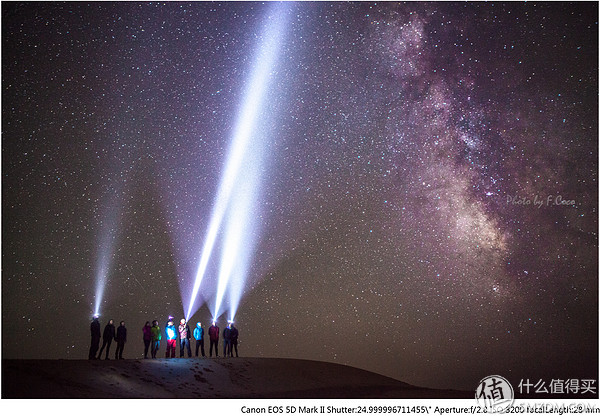

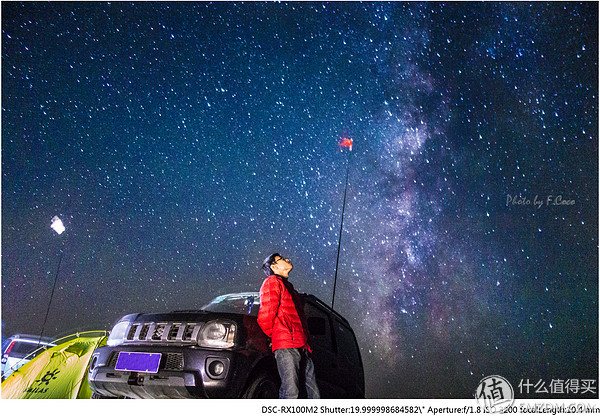
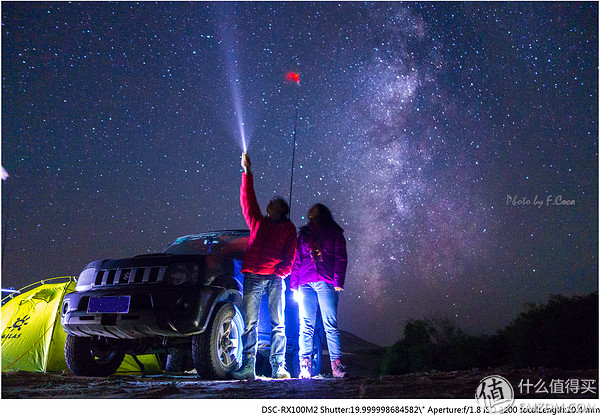
The third part looks for the most dazzling star in the long night in Chengdu
In the ninth time, the shooting of the starry sky failed to catch the Gemini meteor shower. Location: Chengdu Longquanshan 2015.12.16
It was the first time that this was a meteor shower. Unfortunately, it failed and it left no experience. With the increase in the number of stars, it is considered more and more skilled. In the winter, Chengdu had such a transparent day that it didn't look like a meteor shower, but this time he went out to get the first fragment of a starry sky in Chengdu. The camera has been using Magic Lantern firmware for some time. The plug-in firmware allows Canon's cameras to also take time-lapse shots without the shutter release. In addition to the regular star shooting, there is now more than one play, shooting star delay. There are two benefits of sky-star delay. One is to make time-lapse clips, and the second is to compose star-tracks. When you synthesize a star-track, you can get rid of those pictures with airplanes or two pictures that are disturbed by other light sources. The interference in the final product of the star orbit can be eliminated.
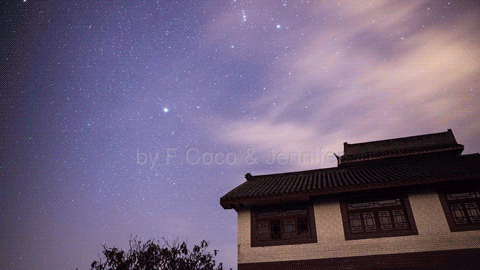
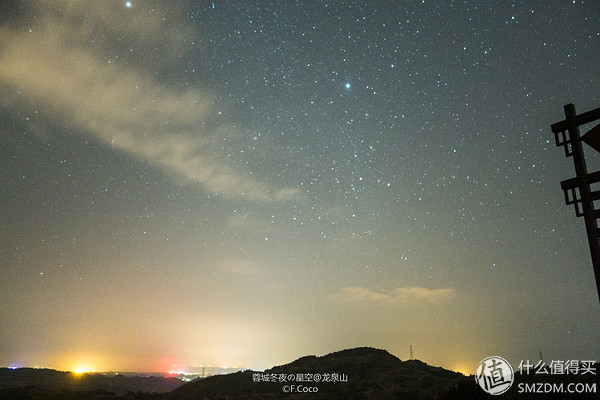

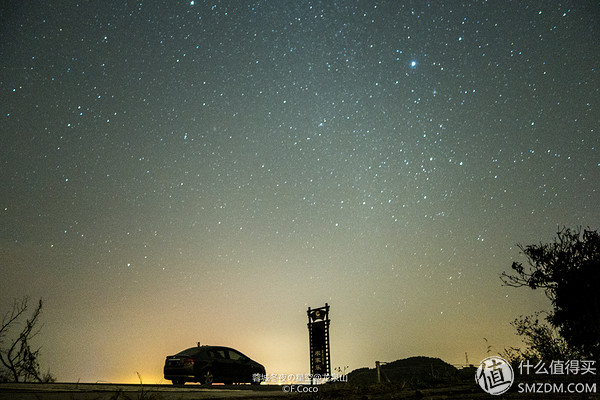

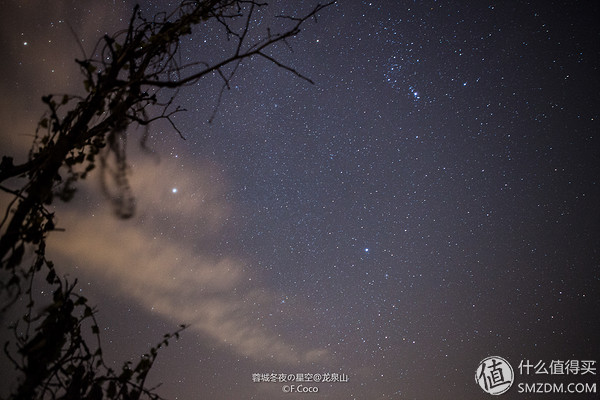
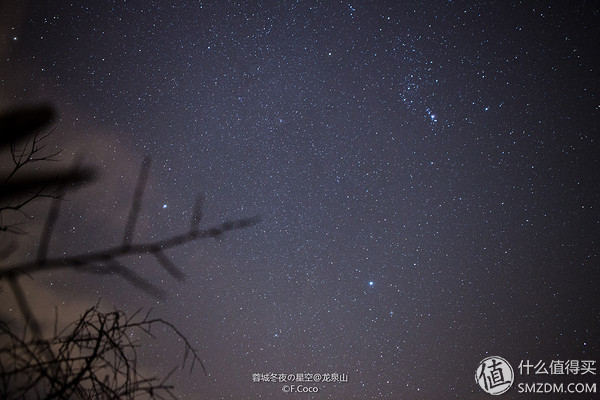

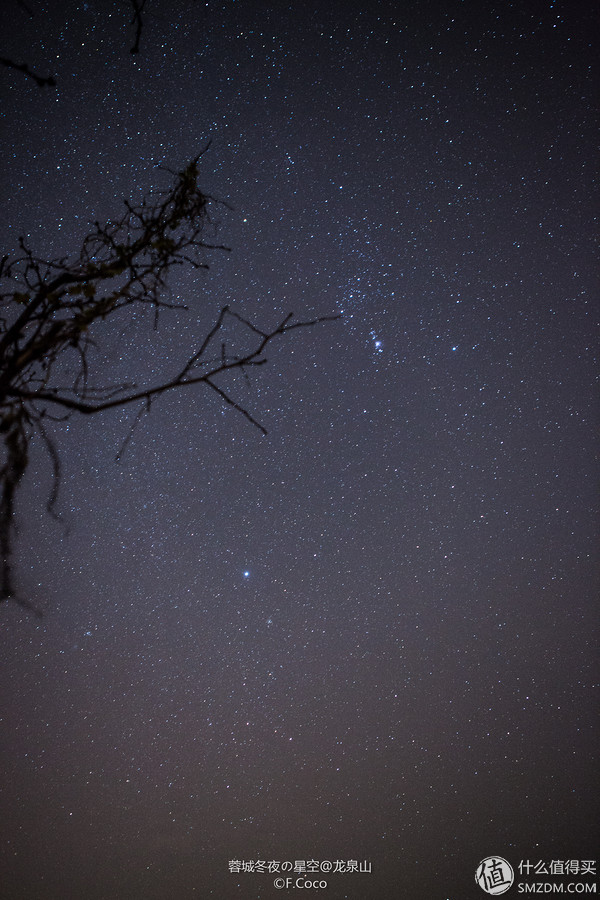

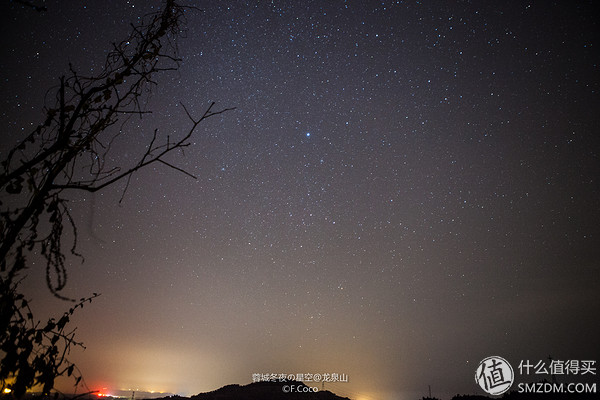
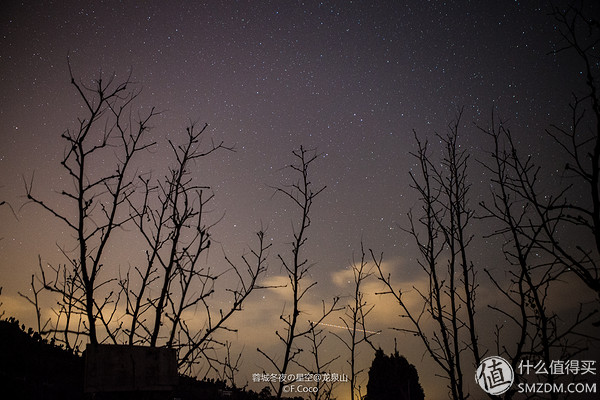
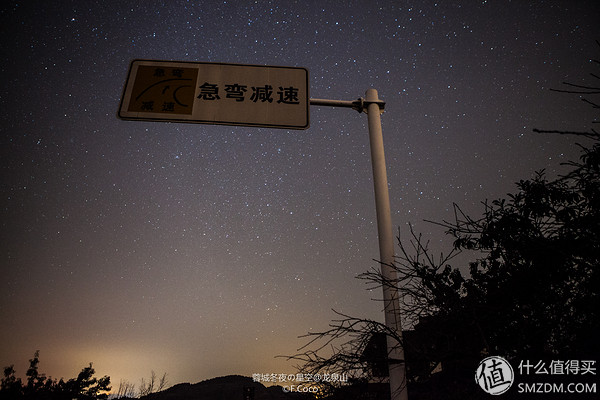

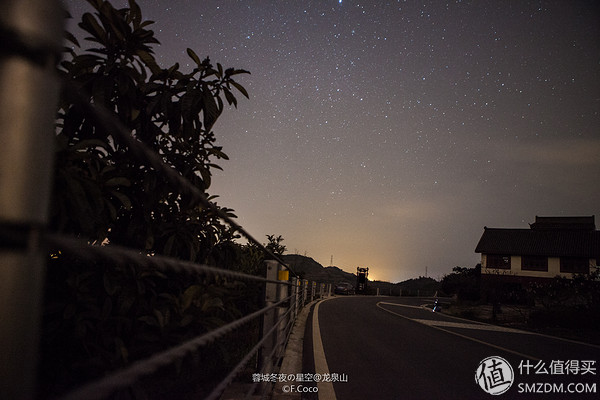
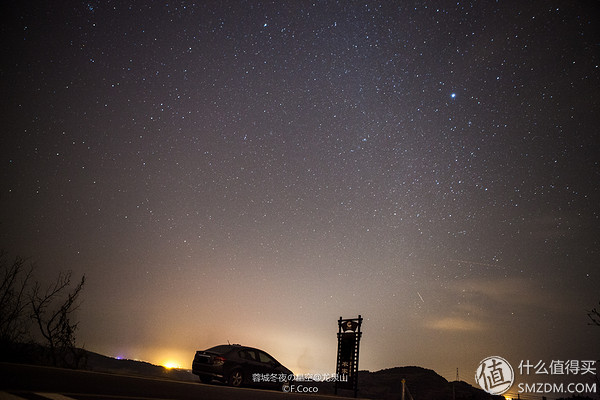
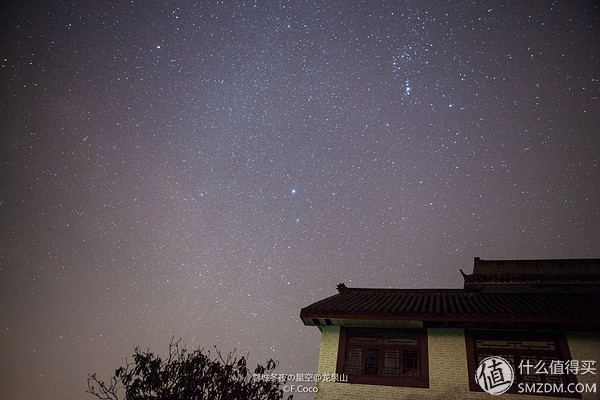

The tenth star shooting, for the first time photographed the Milky Way in Greater Chengdu. Location: Chengdu Longquanshan 2016.5.11 2 am
On the evening of May 10, the roof looked roughly at the sky for the next four weeks. In the city, the star could be clearly seen, and he decided to go uphill before the rise of the Galaxy. Bring the equipment, bring coffee beans and boiling water, and how good it is to drink a hot coffee while waiting for a shot at night. First of all, in the Longquanshan side of the city, took months off, but unfortunately did not catch the moon to see the biggest time. Then, in the place where the star track was taken before, I discovered with surprise that I could still see the Milky Way in Chengdu. Then it is a test shoot a few good angles and parameters, open the delay to coffee. Waited for nearly two hours and finally harvested the first segment of the galactic delay in the Greater Chengdu area.
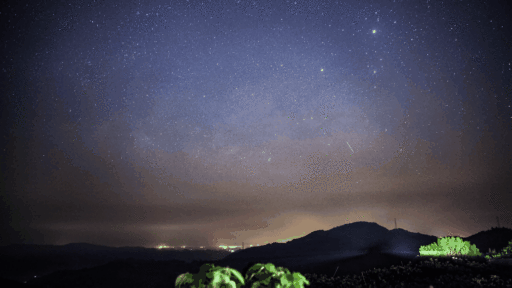
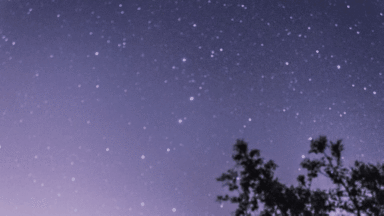
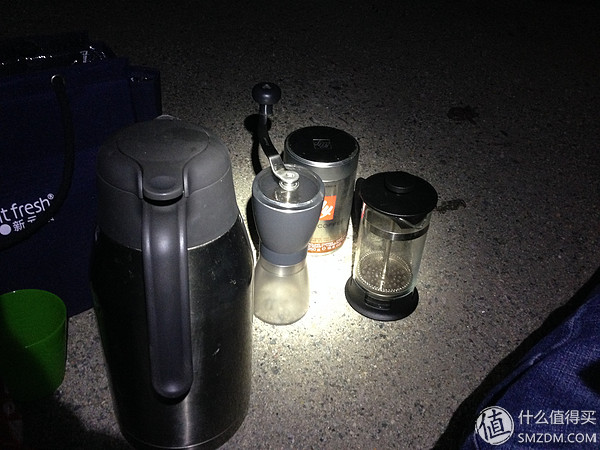 Bubble coffee to see Galaxy ~
Bubble coffee to see Galaxy ~
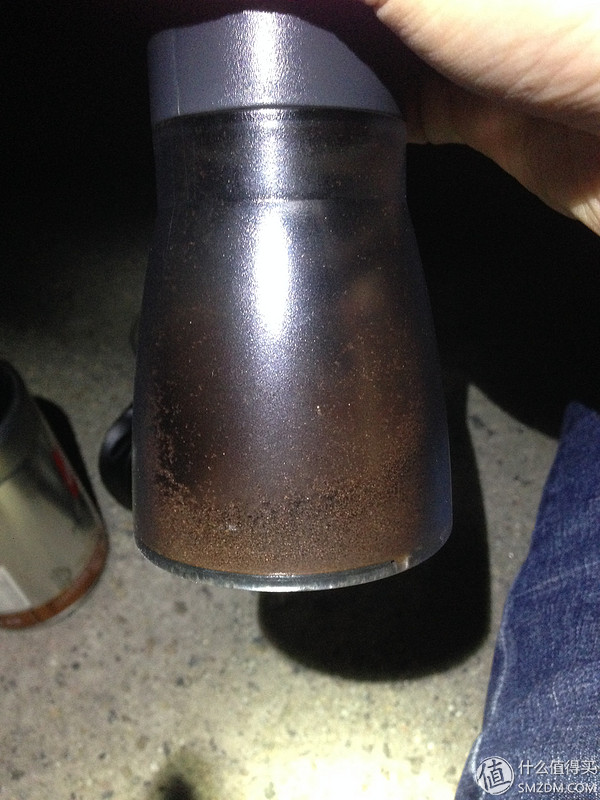 Bubble coffee to see Galaxy ~
Bubble coffee to see Galaxy ~
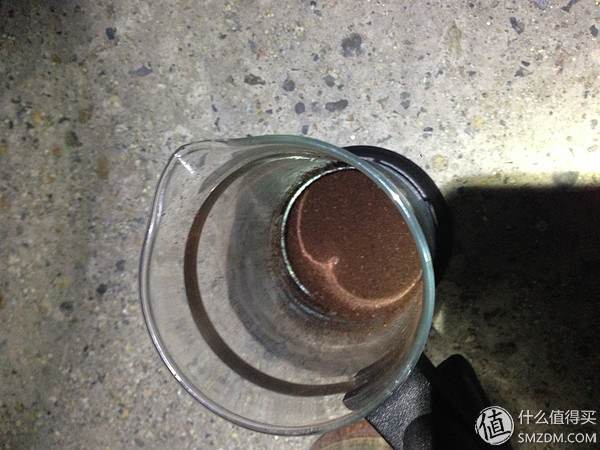 Bubble coffee to see Galaxy ~
Bubble coffee to see Galaxy ~
 Bubble coffee to see Galaxy ~
Bubble coffee to see Galaxy ~
 Bubble coffee to see Galaxy ~
Bubble coffee to see Galaxy ~
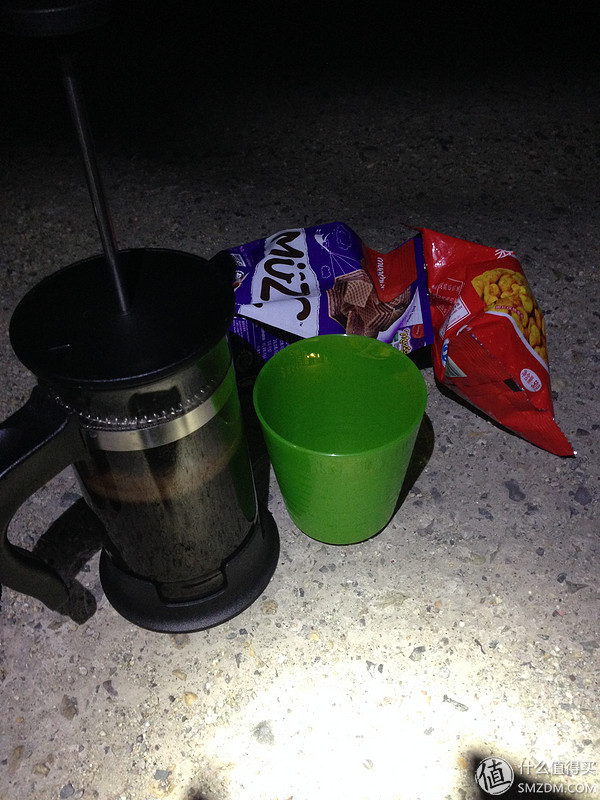 Bubble coffee to see Galaxy ~
Bubble coffee to see Galaxy ~
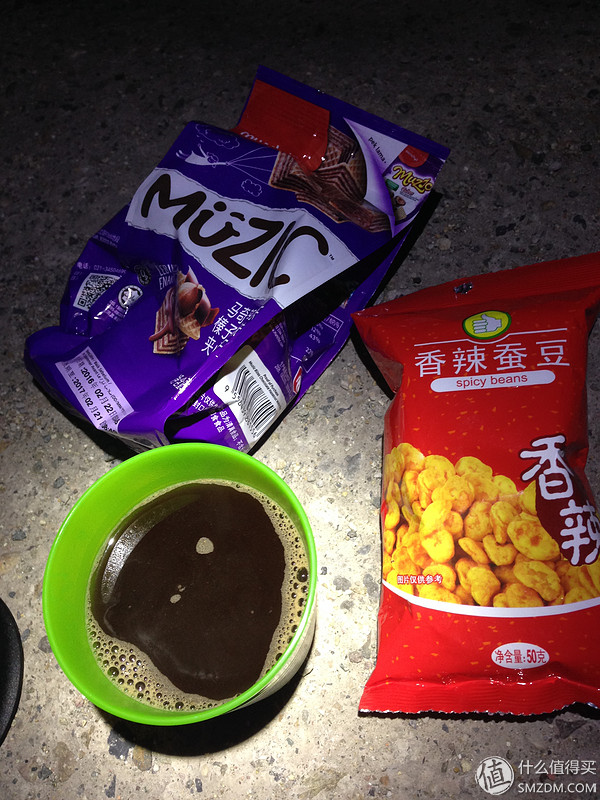 Bubble coffee to see Galaxy ~
Bubble coffee to see Galaxy ~
Drink ☕ï¸, keep the results ^ _ ^
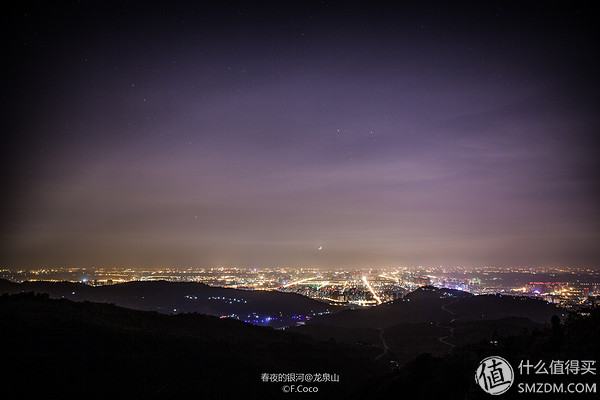
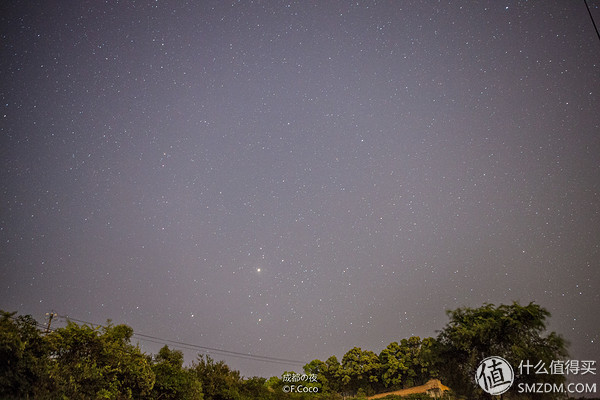

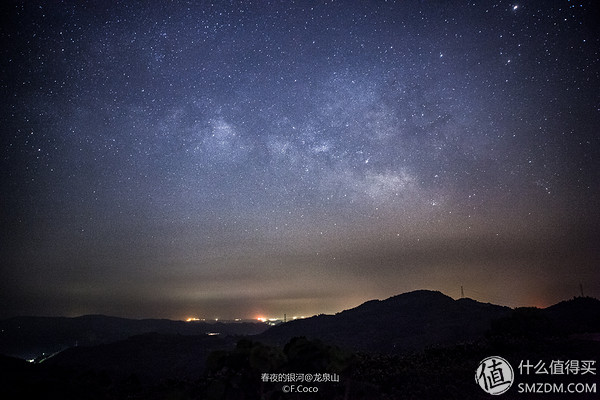
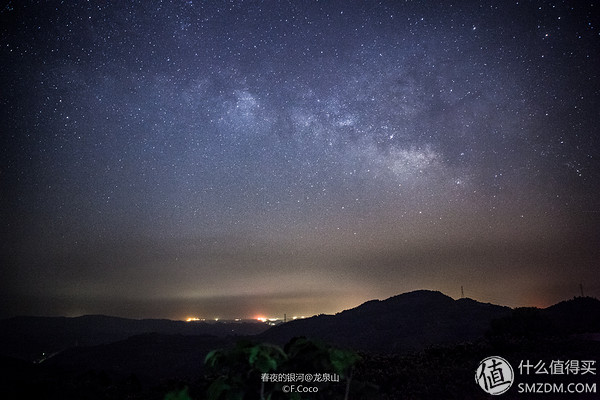
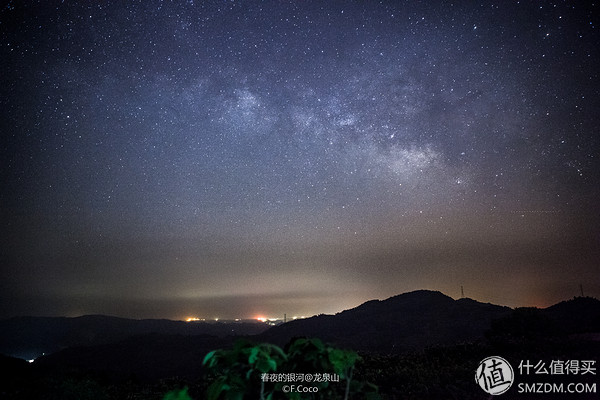
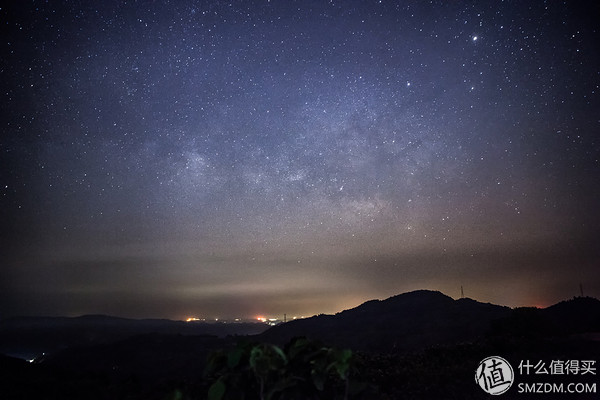
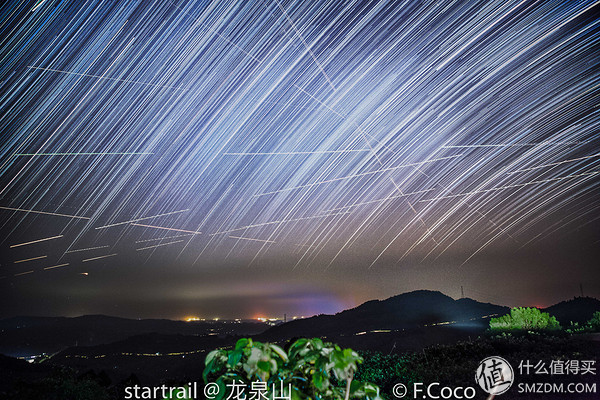

The eleventh star shooting, the sky above the plateau is still more beautiful. Venue: Zoige, Hongyuan 2016.6.2-3
Good luck went with XCAR to Ruoergai and Hongyuan. Although it wasn't the first time to go, because it was the beginning of Lunar month, there was no moon in the sky. It was a good time to take a starry sky. This time there was no SLR, so there was a card with an M file. The plane still left the beautiful star river on the plateau. It is true that the days on the plateau are truly changeable. At 7 o'clock in the evening, it is still cloudy all over the sky. At 10 o'clock in the evening, it's almost no clouds. Once again captured the bright galaxy of the plateau. (this time is a full RX100 photograph)
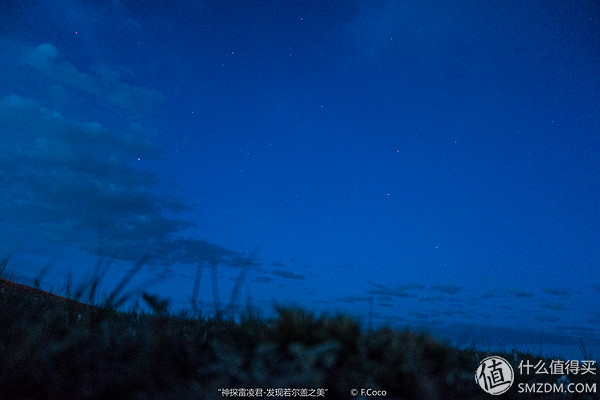
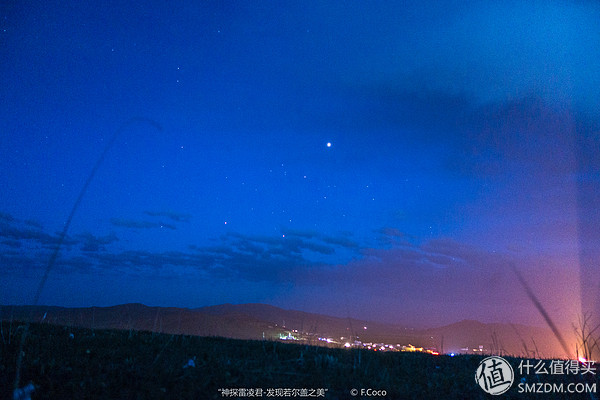
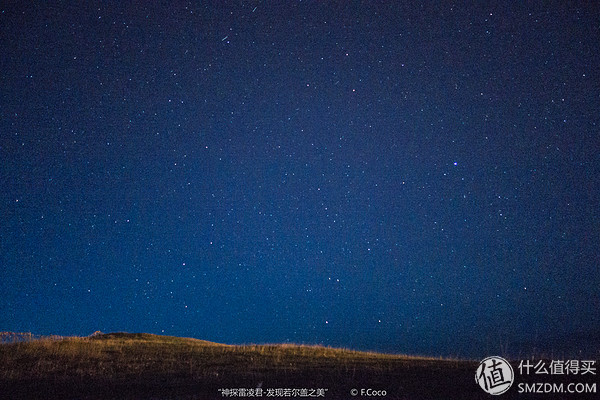
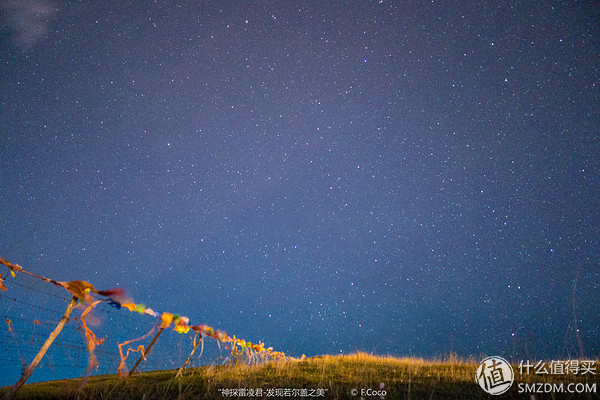
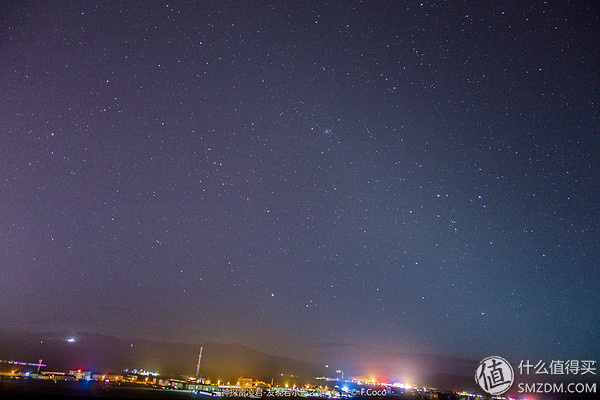
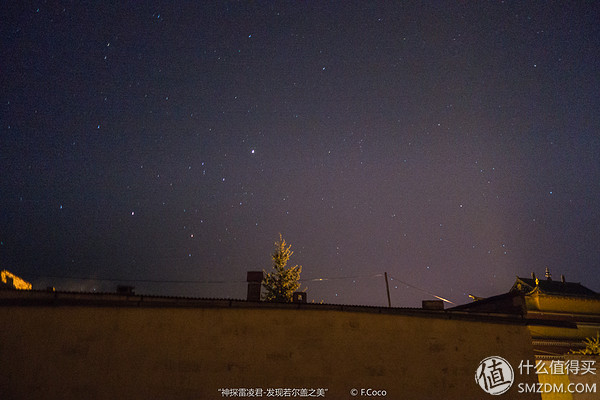
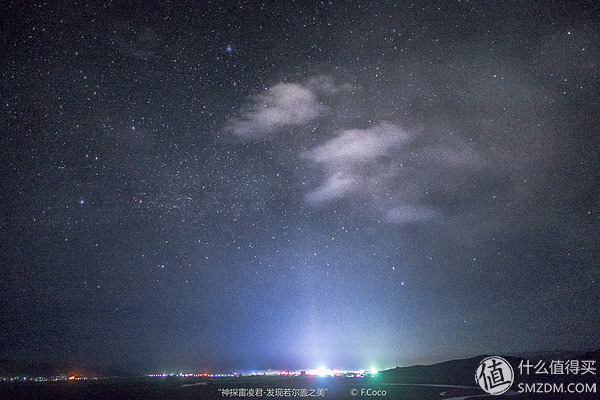
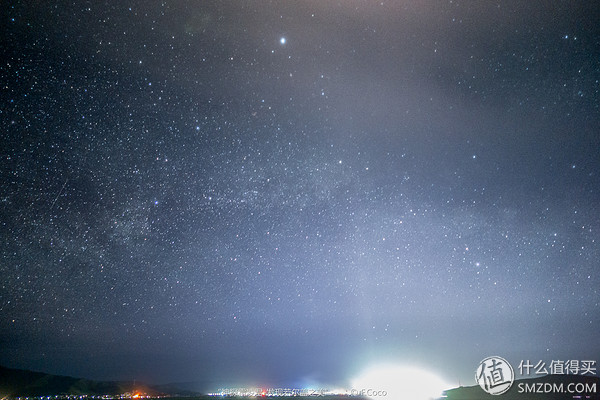
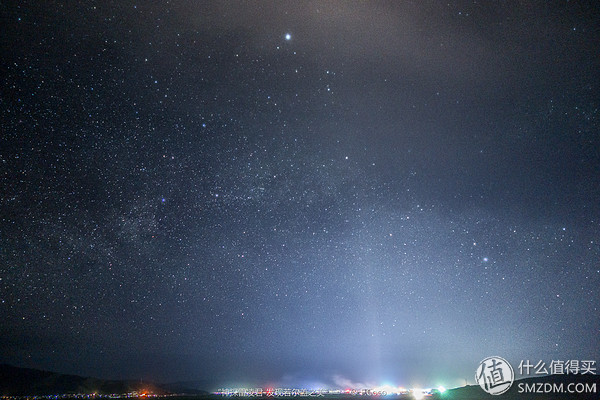
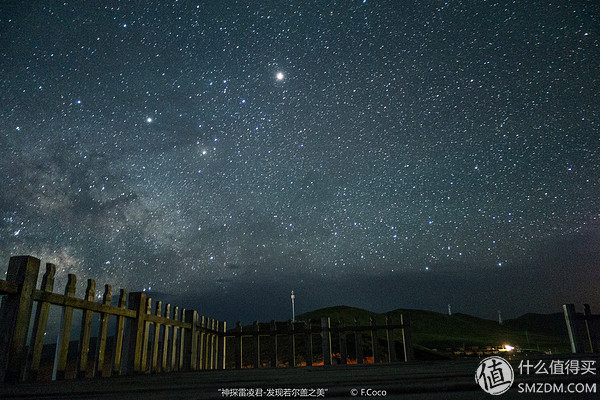
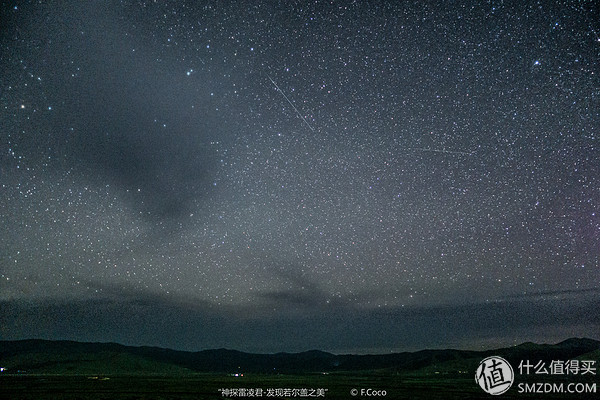

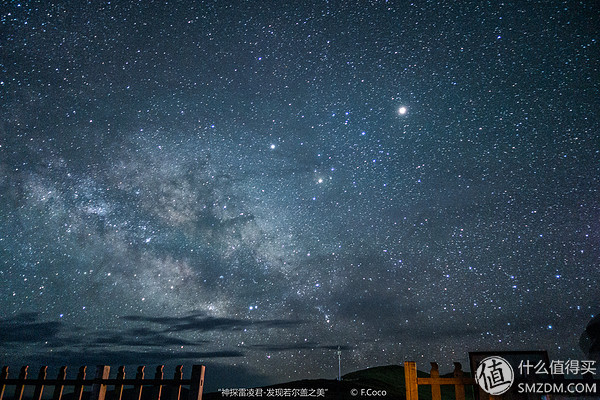

The twelfth star shooting, another big Star River in Chengdu. Location: Chengdu, Jianyang, Danjingshan Foxing Temple 2016.6.6 night
Not long after the return of the plateau, there were also several good weather conditions in Chengdu in early summer. After repeatedly confirming the amount of clouds with the software and the naked eye, the sky could be seen in the urban areas and a place with slightly weaker light pollution should have hope. So he went to Jianyang Danjing Mountain, which was recently relocated to Chengdu, and the second peak of the Longquan Mountains, more than 900 meters. The platform at the top of the hill can be convenient for stargazing. The only bad thing here is that the trees on the platform side are relatively high. Once again, I saw the Milky Way in Greater Chengdu. Still try framing and parameters, and then open the delay while playing.
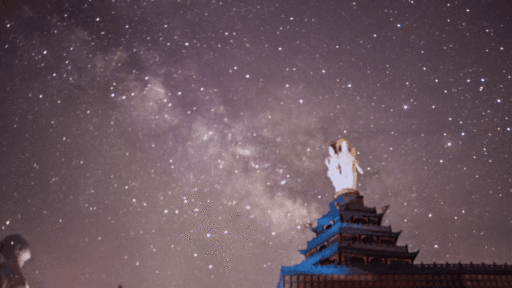
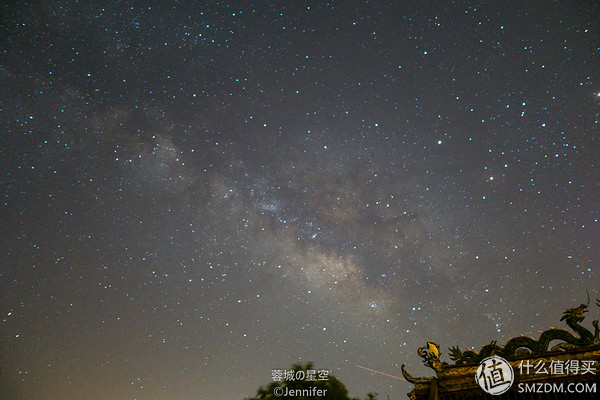
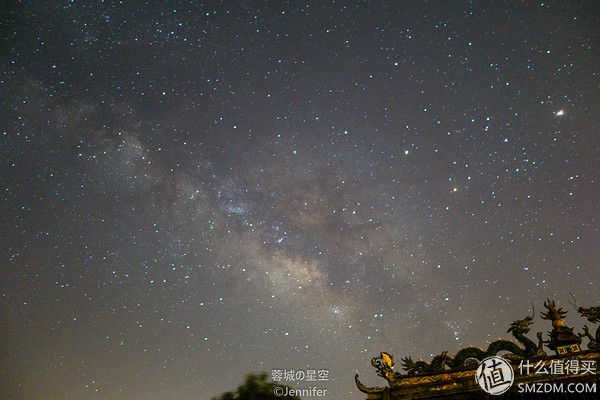
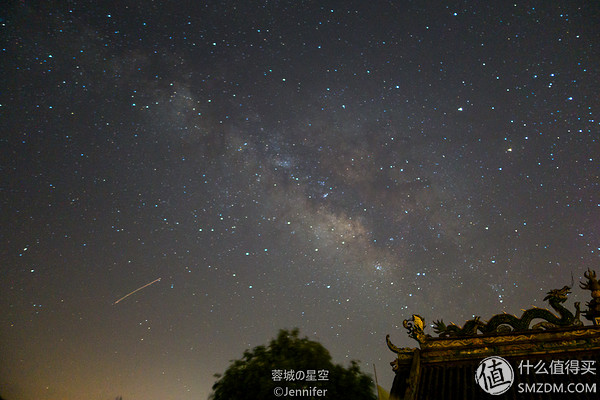

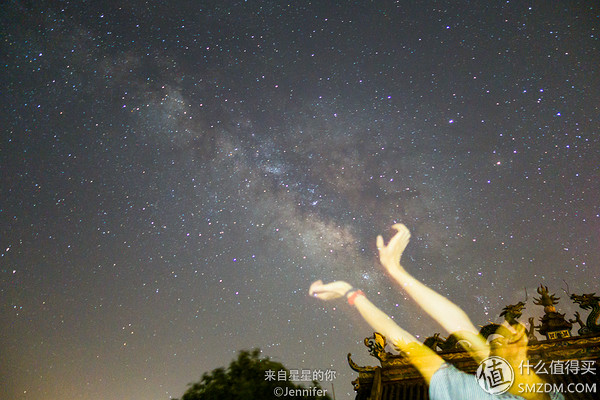



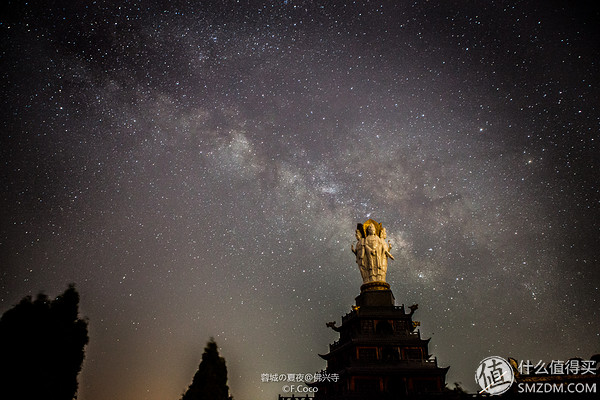
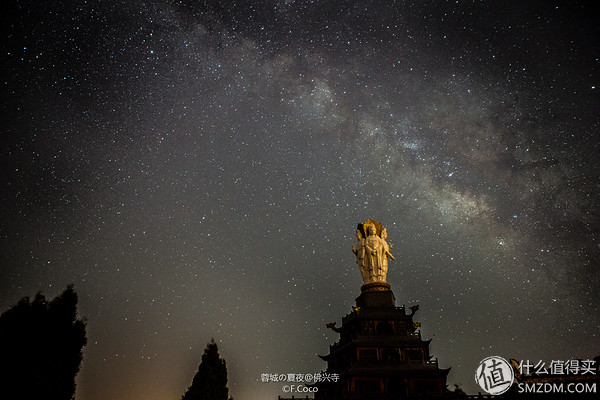
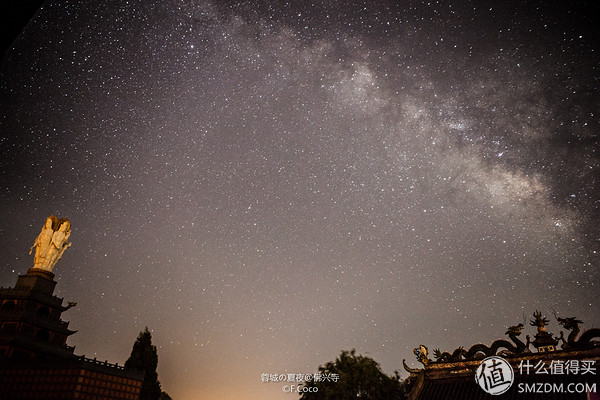
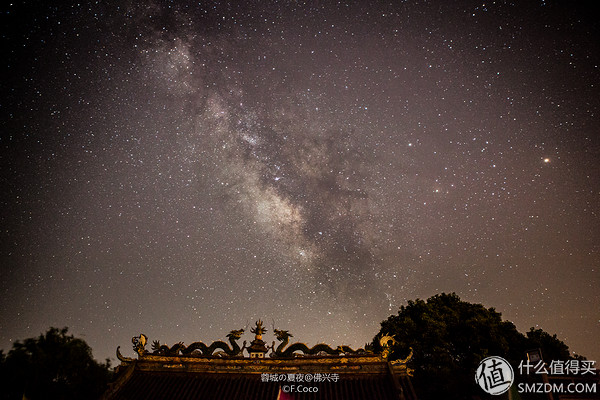
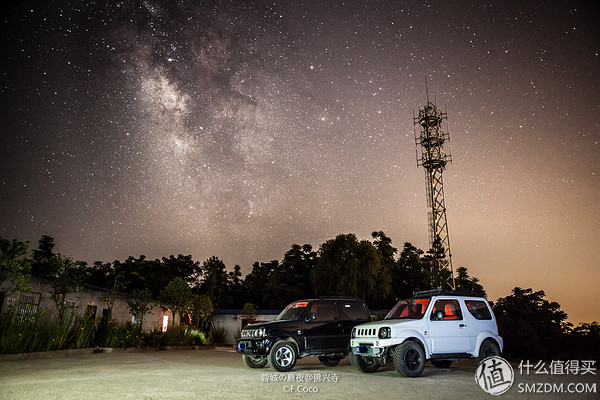
The thirteenth star shooting, Rongcheng night sky. Venue: 2016.6.16 nights in Chengdu Shuangliu Luowoping
This European Cup spotlights the nights of the Big Three Corps Troops. On a scorching summer night, about a few friends went to a newly discovered place to see the stars. To tell the truth, I stayed in the city for a long time and always felt that the stars were too far away from us. Once and again, it has been proved that we can see the starry sky in the basin. A delay, a star track, has almost become a must-have for now.
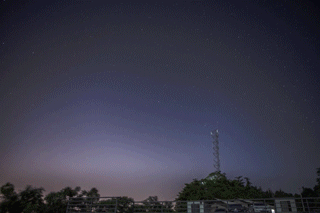
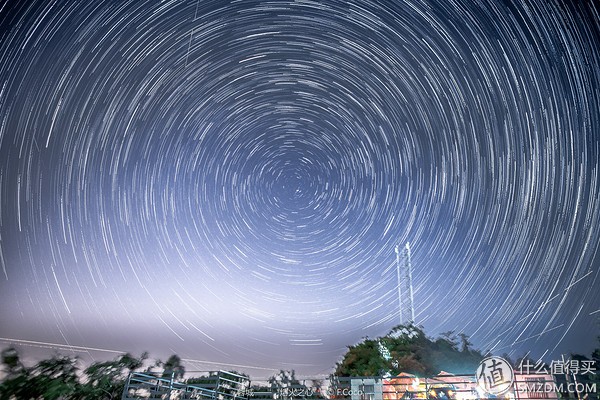
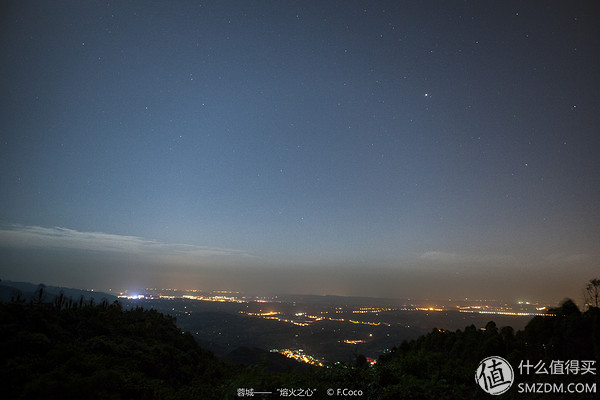

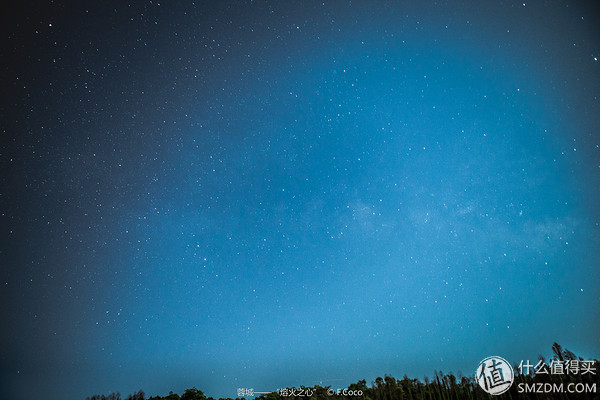
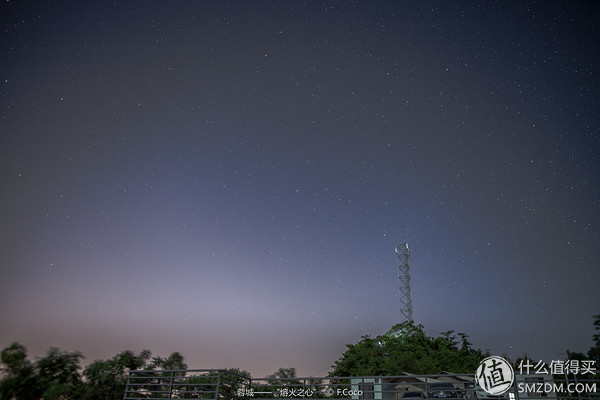
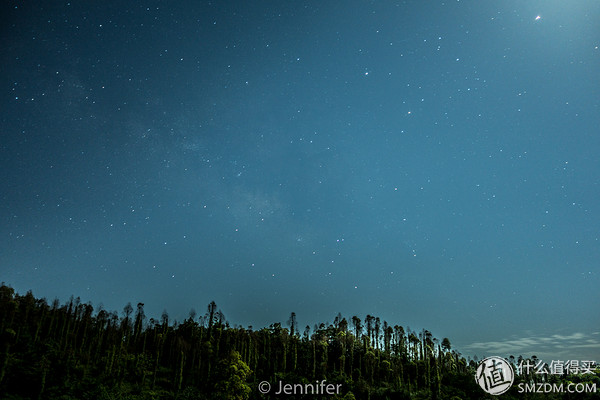

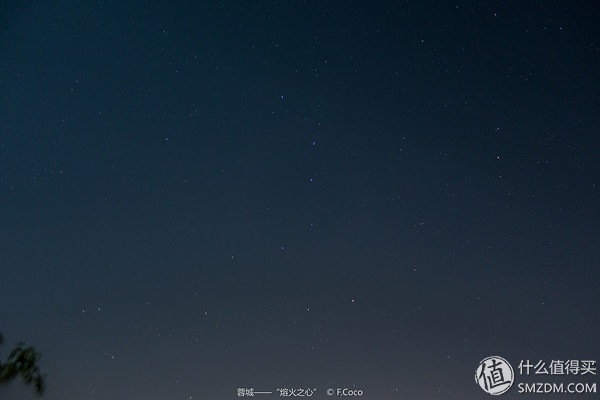

The fourteenth star shooting, G20's gift. Location: Chengdu Longquanshan 2016.7.15 nights
This was a gift from the G20. First, at sunset, I saw the window that was long gone against Xiling. At night, it was fine in the sky. Then I went to Longquan Mountain and watched the uncommon starry sky in the city of Rongcheng. Under the instructions of the building, Longquanshan overlooks the entire city. A road leading to the stars, let the camera leave us more beautiful moments.
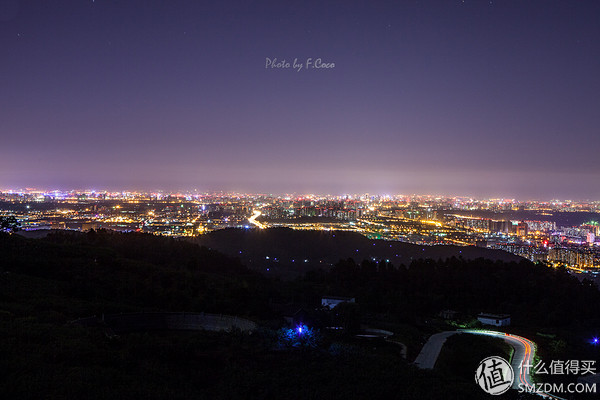

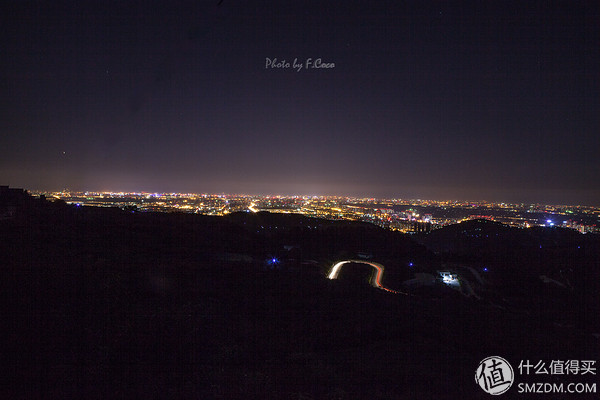

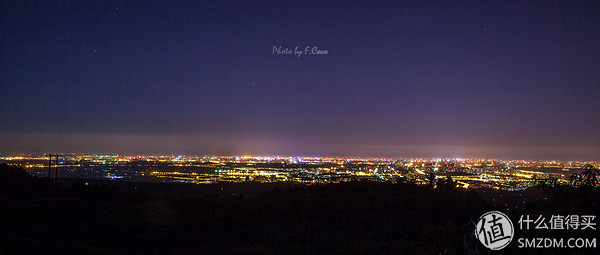
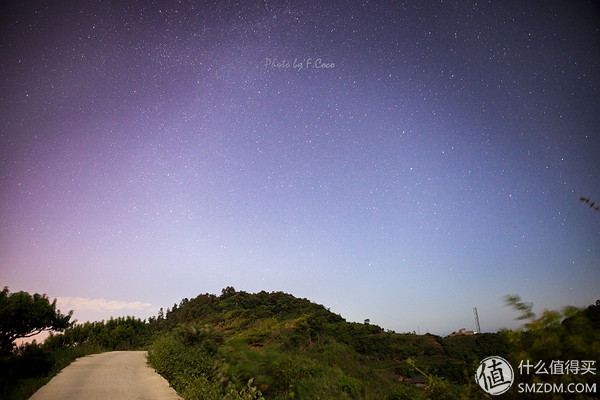
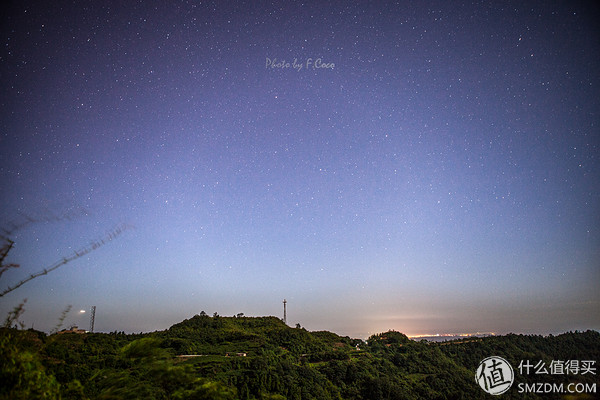
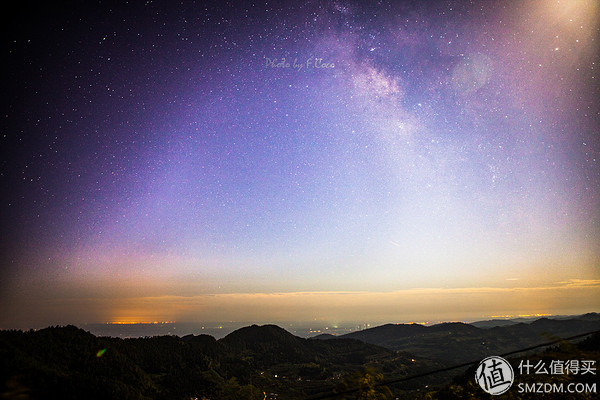
The next step is to obtain a galactic arch bridge and take a meteor shower.
Arch bridge, this season is not suitable for acquisition, it is estimated that only in the coming spring.
The Perseid meteor shower was on the night of the 12th. On the moon phase of the mysterious moon, it fell at 1 midnight. Overall, it was a good observation and shooting opportunity. The rest was a prayer ceremony. Beautiful. On the 12th, it was raining all over Sichuan... I hope to see it on the mountains in the middle of the night.
Although it wasn't very good, I still came to my own dry goods.
Simple star shooting method
Let's talk about the simplest starry sky (Hoshino) shooting below.
1, a camera with a wide-angle lens, there are M files. (Of course, the best SLR, M file refers to the aperture, shutter, ISO can adjust the three, for example, I used the RX100 also photographed the stars.)
2, tripod. (Or you can find other things that can fix the camera for a long time, bricks are OK)
3, flashlight. (This does not explain it.)
In fact, there are three things that you can shoot. Others are non-essential conditions.
It's best to have a star map software on your mobile phone. This is a lot. StarWalker 2, StarChart, Google Sky, Stellarium, etc. can help people who are not familiar with the sky find you faster. The location of the object to be photographed (around the star of the North Star, or the upcoming galaxy).
Weather and cloud thickness are also important factors. For example, the odds of being able to photograph Galaxy are much lower than in the plateau and plain areas.
The equipment is not the key, but the better the equipment can be, the better the effect is. For example, an entry-level SLR, Canon 700D + 18-55 head, to shoot the stars, in general, to shoot with the most wide-angle, 18cm equivalent focal length of Canon's APSC frame is 181.6 = 28.8mm (relative to full-frame focal length). According to the star's 500/600 rule (500 or 600 = focal length shutter time), it's about 18-20 seconds of shutter time. This rule says that you basically don't see the trailing stars in this safe shutter time. It should be that the earth is spinning around and spinning at an hourly rate of 15°, so the star will appear to be trailing.) In my practice, only 8 seconds exposure photos and 30 seconds exposure photos are found on the thumbnail Can not see any difference, zoom to 100% to see the stars have a very clear displacement. This section looks complicated. So what I want to say is that there is not much need to pay attention to these rules. It has its own reasoning. When you can understand it, it will be better if you understand it. More often, it depends on practice.
Or to 700D+18-55 for example, in order to obtain a photo of the sky, you set the parameters to a focal length of 18mm, MF manual focus infinity to the end and then turn a little, aperture F3.5, shutter time 25-30 seconds , ISO1600 or 3200, then two seconds timer shutter, the area you want to shoot, press the shutter to wait 25-30 seconds on OK. Take a look at the first test shot. If it's too bright, it will reduce the ISO and shutter time. When it's dark, it will increase the ISO and shutter time. The test shot will be a satisfactory one. Today, you use this fixed parameter to shoot.
Again, simply
The widest focal length, manual focus infinite rotation, a maximum aperture, the highest ISO available, 20-30 seconds shutter. Take a fine tune again.
Canon's Camera Recommends Brushing Third-Party Firmware Magic
Lantern, official website. This firmware is on your memory card. It is an external firmware. If you change a card, you can only use the official firmware, so it does not hurt the camera. It just adds some memory card reads. This firmware can achieve interval shooting (time-lapse shooting), of course, video RAW, HDR video shooting, dual ISO video shooting and other advanced features. Interval shooting is useful for star shooting. Nikon's camera comes with a timer function.
There are two benefits of sky-star delay. One is to make time-lapse clips, and the second is to compose star-tracks. When you synthesize a star-track, you can get rid of those pictures with airplanes or two pictures that are disturbed by other light sources. The interference in the final product of the star orbit can be eliminated.
If you want to take a concentric circle, you need to find the location of the Polaris.
There are two main methods
1, time-lapse shooting, parameters of what is consistent with the regular shooting, post-stack synthesis using StarTrails, PS.
2, long-term exposure, here need to use the shutter cable and the camera's B door, the general parameter settings can be around the aperture F8, ISO800 or lower. After pressing the shutter release, wait approximately 30-45 minutes before pressing again to end shooting. (The biggest disadvantage of this method is that if you take a picture of 29 minutes, someone flashlights on the camera, someone touches a tripod, etc., and any accident occurs. This photo is scrapped...)
Lightweight, Reusable Goggles, Indirect Vented (Splash proof)
Clear Vision with a Wide Flange and Latex-free
Vents reduce fogging for extended wear.
Fits over most prescription glasses.
Screened top and bottom ports circulate air
Feature:
1.Material:The parts the wearer touches are not made of materials that can cause skin irritation
2.Structure:Smooth surface, no burr, no acute Angle and other defects that may cause eye and face discomfort.
It has good air permeability.
Adjustable parts and structural parts are easy to adjust and replace.
3.Package:The products are properly packaged and are accompanied by product certificates and instructions
4.fixing band : The minimum width of the headband in contact with the wearer is 11.5mm. The headband is adjustable, soft and durable
5.The appearance quality of the lens: the surface of the lens is smooth and free from scratches, ripples, bubbles, impurities, and other obvious defects that may impair vision
6.Diopter: 0.04D
7.The difference between the prism degrees of the left and right eye lenses: 0.12
8.Visible light transmission ratio: colorless transparent lens 89.35
9.Impact resistance: qualified
10.Protection performance of chemical fog drops: there is no color spot on the test paper within the center of the lens
11.Irritant gas protection performance: there is no color spot on the test paper within the center of the lens
Eye Goggle,Safety Goggles Price,Eye Surgery Goggles,Medical Safety Goggles
Guangzhou HangDeng Tech Co. Ltd , https://www.hangdengtech.com